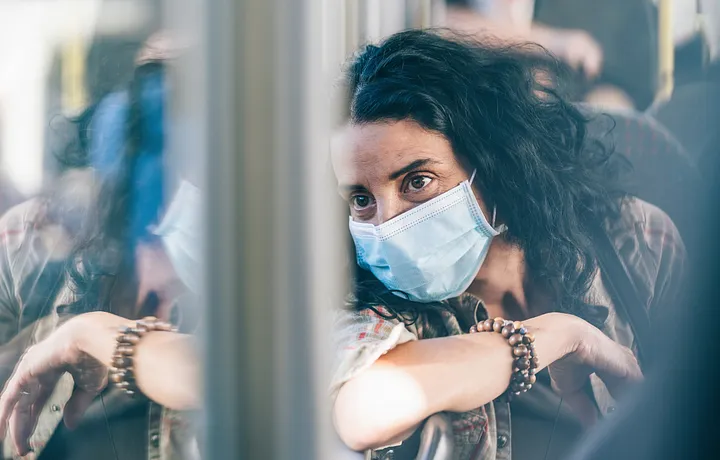After a summer where it felt like the COVID-19 pandemic was truly behind us, we’re seeing an uptick in cases. Fortunately, we’re nowhere close to where we were at the height of the pandemic. But COVID is still with us. Each week, more than 1,000 New Yorkers are hospitalized with COVID and dozens are still dying from it. As rates creep up, I’m again masking up on the subway and in other crowded places, and I see more people doing the same. And I already have my appointment to get the newly approved updated vaccine.
For some people, COVID never went away; they’re considered to have Long COVID. Long COVID is poorly understood and hard to diagnose. It has no agreed-upon definition, which makes it even harder to study and treat effectively. Generally, it is considered to occur when people have symptoms and conditions that continue or develop four weeks or more after initial infection.
Even mild infections can result in Long COVID and affect daily functioning for months or even years. Symptoms can include fatigue; respiratory problems including difficulty breathing, shortness of breath, and cough; neurological problems including difficulty concentrating, headaches, and dizziness; fever, joint or muscle pain; heart symptoms; blood clots; and possible organ damage. Long COVID can last for months or years and it often disrupts people’s daily functioning.
Survey data from the U.S. Census Bureau show that more than 10% of New York adults who’d ever had COVID were actively experiencing Long COVID symptoms this summer. That works out to hundreds of thousands of New Yorkers currently grappling with Long COVID. Nearly one-quarter of them say that Long COVID is severely limiting their activities.
In addition to the physical ramifications, it must be lonely or alienating to feel like everyone else is getting back to normal and you’re not. The public health emergency is officially over, but some patients are still struggling. I did a search of the #LongCOVID hashtag on Twitter (sorry, “X”), and it’s clear that they are feeling left behind, often dismissed and misunderstood even by their doctors. With COVID in the rearview for so many — and with pandemic-era funding largely dried up — patients and health care providers alike need information and support to navigate this mysterious and complex condition.
Health care providers had to learn on the fly as COVID emerged. By definition, there was no playbook for the “novel” coronavirus. The same has been true for Long COVID and providers are adapting. A Spectrum News story highlighted two initiatives to test innovative methods: a program at Westchester Medical Center that pairs patients with specialists using a holistic treatment approach, and a clinical trial at the University of Buffalo that’s exploring the effectiveness of low doses of lithium.
New York City Health + Hospitals (H+H) has been operating the AfterCare Resource Center, which provides Long COVID information and tools and connects New Yorkers who are experiencing Long COVID to recovery support. The New York Health Foundation is supporting its efforts to train primary care providers to increase their knowledge and skills in diagnosing and treating Long COVID. H+H is also developing a patient and family advisory council to improve Long COVID treatment; it will allow providers, leaders, patients, and family members to learn from one another, collaborate, and shape ongoing services and support.
And as usual, patients must organize and advocate for themselves. The Long COVID Justice project has kept a relentless focus on the needs and voices of those who have largely been left out of conversations shaping Long COVID research, diagnosis, and treatment: people living with HIV/AIDS, people living with disability, young people experiencing chronic illness, and gender non-conforming people. In partnership with other advocates, grassroots organizations, clinics, and health care providers, also with support from the New York Health Foundation, Long COVID Justice is conducting a needs assessment to capture patients’ experience with Long COVID and identify their health care and social service needs. It is also exploring policy opportunities related to citywide capacity for medical care, financial and other support needs, workplace accommodations and benefits, and opportunities to address bias in health care systems.
I’m tired of thinking and writing about COVID. Like everyone else, I wish it would just go away for good. But we don’t have that luxury; it looks like COVID will always be with us to some extent. And patients with Long COVID can’t be abandoned or ignored. Scientific understanding is growing, albeit slowly; diagnosis and treatment are evolving and becoming more sophisticated. As knowledge improves, New Yorkers living with Long COVID need access to health care and social services that are responsive to their needs and experiences. And patients themselves need a loud voice in defining what that looks like.
By David Sandman, President and CEO, New York Health Foundation
Published in Medium on September 18, 2023



